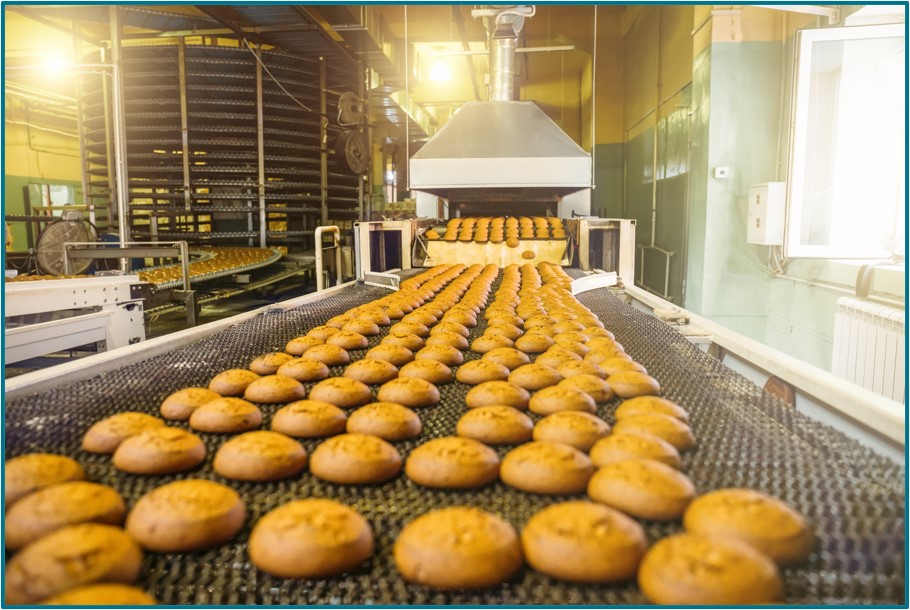In Lean Manufacturing, optimizing efficiency and minimizing waste are the focus. One powerful tool that plays a pivotal role in achieving these goals is Yield Analysis. In this blog post, we’ll look at how to perform Yield Analysis, exploring its significance, methodology, and its role in driving continuous improvement.
Yield Analysis is a systematic examination of the outputs or products generated in a manufacturing process relative to the inputs or raw materials consumed. In the Lean context, the primary focus is on identifying and minimizing defects, rework, and scrap – the elements that contribute to waste in production processes.
Yield Analysis serves as a proactive approach to waste reduction. By tracking the yield rates, you can identify areas where defects occur, enabling targeted improvements to minimize waste and enhance overall efficiency. With this process of systematically addressing and mitigating defects, Yield Analysis works to elevate the quality of your products.
Defects and rework not only lead to wasted materials but also incur additional labour costs with excess processing waste to correct the defects. With Yield Analysis, manufacturers can identify opportunities to reduce defects, resulting in substantial cost savings and improved profitability.
Performing Yield Analysis
Define Key Metrics:
Begin by defining key metrics related to yield. Common metrics include First Pass Yield (FPY), Final Yield, and Rolled Throughput Yield (RTY). These metrics provide a quantitative measure of the effectiveness of the manufacturing process.
Establish Baseline Measurements:
Before initiating Yield Analysis, establish baseline measurements for the selected metrics. This baseline serves as a reference point for evaluating the impact of improvement initiatives and tracking progress over time.
Collect Data Systematically:
Implement a systematic data collection process. Use technology and data analytics tools, to gather data on defects, rework, and overall production yield. Consistent and accurate data is essential for meaningful analysis.
Identify Defects and Errors:
Analyze the production process to identify defects and errors. Track the occurrence of defects at each stage of production and categorize them based on their impact on the process. This detailed analysis provides insights into the root causes of yield losses.
Root Cause Analysis:
Perform a thorough Root Cause Analysis (RCA) to identify the source of the defects. Use tools such as the 5 Why’s or Fishbone Diagrams to delve deeper into the underlying causes of defects. Identifying root causes is crucial for implementing effective corrective and preventive actions.
Implement Corrective Actions:
Based on the findings of the Root Cause Analysis, implement corrective actions. This may involve process adjustments, employee training, or improvements in equipment and technology. The goal is to address the root causes and prevent the recurrence of defects.
Monitor and Track Improvement:
Continuously monitor and track the impact of implemented corrective actions. Assess the yield metrics regularly to evaluate the effectiveness of improvements and make adjustments to the process as necessary.
Involve Cross-Functional Teams:
Yield Analysis is most effective when it involves cross-functional teams. Engage individuals from various departments, including production, quality assurance, and engineering. This collaborative approach brings diverse perspectives and insights into the analysis process.
Utilize Statistical Process Control (SPC):
Implement Statistical Process Control techniques to monitor and control the production process. SPC tools help in identifying variations and trends, enabling manufacturers to maintain consistent and predictable yields.
Document and Share Learnings:
Document the findings of the Yield Analysis and share the learnings across the organization. Transparency and communication are key to fostering a culture of continuous improvement. Ensure that insights from the analysis are communicated to relevant stakeholders.
In the Lean manufacturing journey, Yield Analysis is a powerful tool for achieving efficiency, reducing waste, and ensuring high-quality outputs. By defining key metrics, establishing baseline measurements, collecting data systematically, identifying defects, performing Root Cause Analysis, implementing corrective actions, and involving cross-functional teams, manufacturers can maximize product yield. This proactive approach not only contributes to waste reduction and cost savings but also cultivates a culture of continuous improvement.


Recent Comments